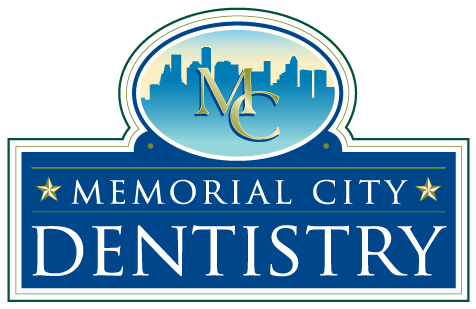The temporomandibular joint (TMJ) connects your lower jaw to your skull. This is the joint that allows you to eat and talk, and to open and close your mouth. It’s located just in front of your ears. Temporomandibular joint disorder (TMJD) and temporomandibular disorder (TMD) are two health issues that are known to cause facial pain, tenderness and soreness in the TMJ, and difficult movement.
Sometimes joint pain is the result of a direct, impact-related injury. For instance, if you’ve been in a car accident, a slip and fall accident, or have sustained a blow to the face, this may have caused joint dislocation. This is when the joint head or condyle is shifted or forced out of the natural joint space. Joint pain can also indicate a broken or fractured lower jaw. These breaks typically occur just beneath the joint head. To have your joint pain properly diagnosed and treated, it’s important to consult with a TMJ specialist dentist.
In some instances, jaw pain can be an indication of problems with structures near to or abutting the jaw. It can also indicate indirect jaw damage or damages to the actual temporomandibular joint. There are even times when a broken or infected tooth radiates nerve pain through the jaw.
Certain facial injuries can lead to uncomfortable muscle spasms. This is a protective reaction from the body that’s intended to act as a natural splint. The ultimate goal is to limit or prevent movement in the muscle on each side of the jaw. Attempting to talk, chew, or simply open the mouth when the body is reacting this way will further limit movement. When this occurs, TMJ dental treatment is necessary.
Given the vast range of possible causes for temporomandibular joint pain, it’s always important to receive a proper diagnosis before treatment is started. This allows for a needs-specific approach that addresses movement issues and discomfort right at their source. Anti-inflammatory pain medication and muscle relaxers are frequently used to reduce inflammation and alleviate muscle spasms. If joint dislocation has occurred, the condyle can be effectively finessed back into the joint space with gentle handling. More extensive repositioning is typically required for broken bones, and the jaw must be stabilized throughout the healing process. When damages are severe, surgery may be required to internally stabilize the joint.
What Causes TMJD?
The causes of TMJD are not always known. Facial trauma can sometimes lead to problems with the joint or the jaw. Other health issues can also be contributing factors such as:
- Joint erosion
- Clenching or grinding the teeth
- Structural problems with the jaw
- Arthritis
Common Symptoms of TMJ Diseases
Which symptoms manifest when TMJ diseases occur is largely dependent upon the cause and severity of the joint disorder. Discomfort and inflammation within the muscles that surround the TMJ are common signs of a problem. However, people can also experience:
- Reduced range of motion at the jaw
- Neck or facial pain
- Stiffening of the jaw muscles
- Clicking or popping sounds during jaw movements
- Malocclusion or changes in the alignment of the upper or lower teeth
To learn more about temporomandibular joint disorder or to have your jaw examined, get in touch with Memorial City Dentistry today.


